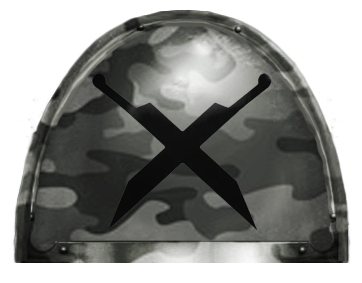

Thirty-three elements were recovered in Late Bronze levels, of which only 3 are obsidian tools: 2 blades and 1 core. All of them are made of flint: 2 sickle blades, 1 blade fragment, 1 arrowhead and 1 spearhead. Kura Araxes levels in the Field B yielded four items. Flint items include 38 sickle blades, 9 blades, 3 projectile points, 1 core, and 1 cutting tool.

Obsidian items consist of 3 blades, 2 scrapers, 1 core, 2 projectile points. 60 lithic tools were discovered in different loci, 8 of which were obsidian tools and 52 flint tools. The second part of the study, to be carried out in Italy in the next future, will consist of elaborating the collected data in order to obtain from them well-structured information about the past behaviour of the people who lived in the examined area.ĥ03 obsidian debitage flakes, 136 flint debitage flakes, 1 water worn pebble, 1 quartz element, 4 chalcedony and 3 sardonic pebbles were collected during the 2014 season. The following paragraphs include a short description of the main results of the analysis. Localisation: lateral or side retouch (left, right, bilateral), transverse retouch (distal, mesial, or proximal). Delineation: linear retouch, denticulate Position: direct retouch, inverse retouch, alternate retouch, bifacial retouch Extent: short retouch, long retouch, invasive retouch, covering retouch Morphology: scaled retouch, stepped retouch, sub-parallel retouch, parallel retouch Retouch was described following – with minor modifications - the Laplace’s terminology (Laplace 1968: 24-32), considering the following categories: Having partially integrated his terminology, we considered a set of morphological traits in order to describe the objects: serration (present or absent to any degree), hafting element (un-notched, side-notched, basal, tri-notched, stemmed), blade shape (triangular, excurvate, incurvate, ovate, incurvate-excurvate), base shape in un-stemmed points (straight, concave, convex, basal notched), stem shape (straight, expanding, contracting, pointed), stem base (straight, concave, convex, indented, rounded). Projectile points have been described following the paradigmatic method used by Fowler (1999: 105 see also Binford 1963).
OBSIDIAN BLADES CHERT SERIES
Flint and obsidian tools were attributed to the following categories: cores, scrapers, denticulates, perforators, projectile points, blades, sickle blades, microblade cores and microblades.Įach lithic find was measured, photographed, drawn and described following a series of categories included in a specifically designed Lithic Tools Database. The analysed items were distinguished on the basis of the rock type (obsidian, flint, basalt, igneous rocks, quartz).
OBSIDIAN BLADES CHERT PRO
The data achieved by separation, items-counting, drawings and photography of the lithic material were recorded in two dedicated FileMaker Pro Database files. At the same time, she carried out the analysis of the microlithic finds from the 2012-2013 Doghlauri cemetery excavation. In the course of the 2017 field season, Flavia Amato completed the analysis of the microlithic items excavated in 2013-2016 by the Georgian-Italian Shida Kartli archeological project on the Aradetis Orgora Main Mound (Fields A and B) by fully analysing the items from the 20 seasons.

Study of the microlithic material from Aradetis Orgora Main Mound (seasons 2013-2016) and from Doghlauri cemetery


 0 kommentar(er)
0 kommentar(er)
